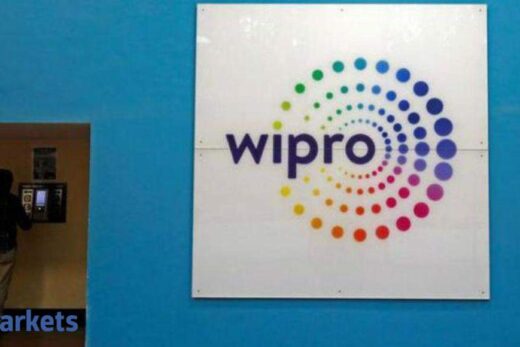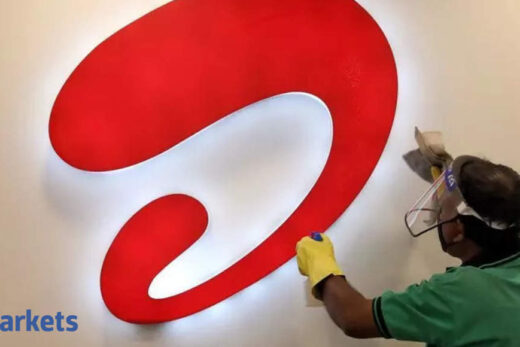Jefferies estimates Airtel’s India mobile revenues “to grow 7.1% sequentially compared to Jio’s 4.7% in the July-September period,” and its ARPU to also jump “7.3% on-quarter to Rs 157,” while Jio is slated to report muted growth – 1.3% – to Rs 140 on this metric.
Analysts, though, expect Jio to once more report strong customer additions in the fiscal second quarter – 14 million – driven by strong take-up for its cheaper offers on its 4G feature phone, JioPhone, taking its user base to 454 million. Ironically, the addition of lower paying JioPhone users is weighing on the telco’s ARPU growth, analysts added.
is likely to report modest sequential gains in quarterly mobile revenue on the back of recent tariff hikes like Airtel’s. But its customer losses are set to jump once more – around 10 million – underlining its continuing inability to fight its rivals on the 4G front, particularly in rural markets, and also due to the recent price increases.
Jefferies estimates Airtel’s September quarter net profit to more than treble sequentially to Rs 970 crore, “driven by growth in ARPUs on account of tariff hikes”. It, though, expects the telco’s subscriber base to decline by 4 million on account of higher churn from the tariff hike in prepaid voice segment. Back in July, Airtel had made its base prepaid pack 61% costlier at Rs 79.
Airtel’s quarterly consolidated revenue is estimated to grow 5.3% sequentially, helped by strong data consumption and a likely 3% sequential rise in the telco’s Africa revenues in US$ terms.
Jefferies estimates Mukesh Ambani-led Jio to report a near 6% sequential rise in net profit in the September quarter to Rs 3,700 crore — its 16th successive quarterly profit – helped by strong subscriber additions due to rising appetite for its aggressively priced JioPhone offers, particularly in rural markets.
By contrast, Emkay estimates Vi’s quarterly loss to widen further to Rs 7,527.2 crore in the September quarter as it reckons the telco will report heavy customer losses after the recent tariff hikes. This, since Vi has a high proportion of rural users. “Tariff hikes effected by Vi in July could lead to a softening of its subscriber base with an (estimated) 10 million decline,” the brokerage said.
It, though, estimates Vi’s fiscal second quarter revenues to “increase 2.5% qoq, on the back of a 6% jump in ARPU to Rs 110,” triggered by a combination of “mix improvement and the tariff hikes effected in July”.
BofA Securities expects Jio’s Ebitda margins to be “stable qoq, and slightly decline for Vi, on back of higher marketing and personnel costs”. Jefferies, in turn, estimates Airtel’s India mobile margins “to be up 30bps QoQ to 49.5%, led by revenue growth”.



